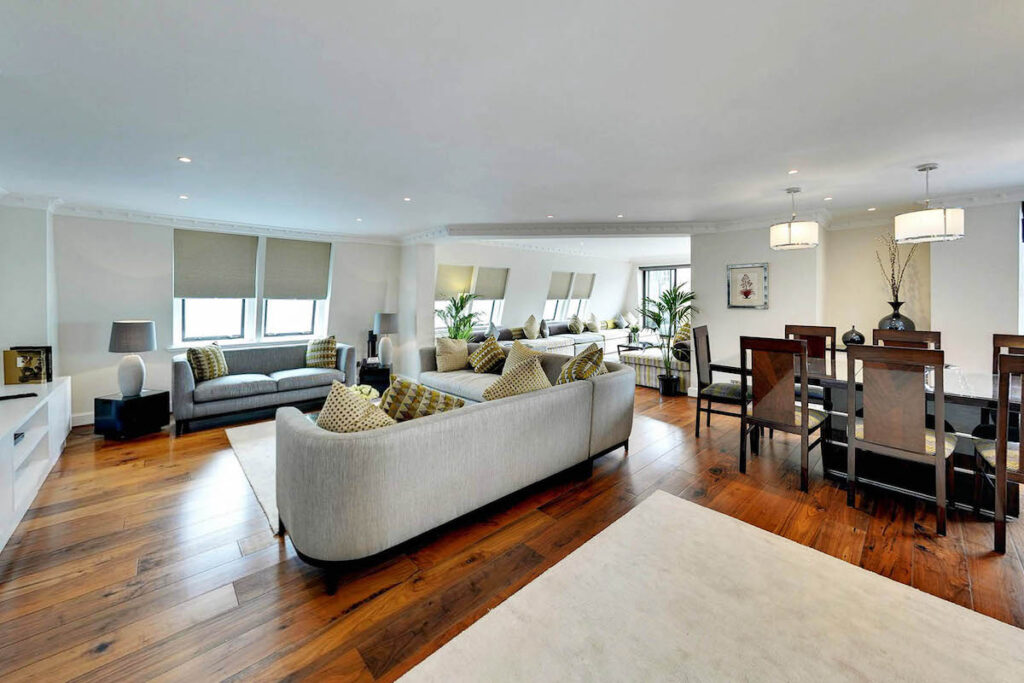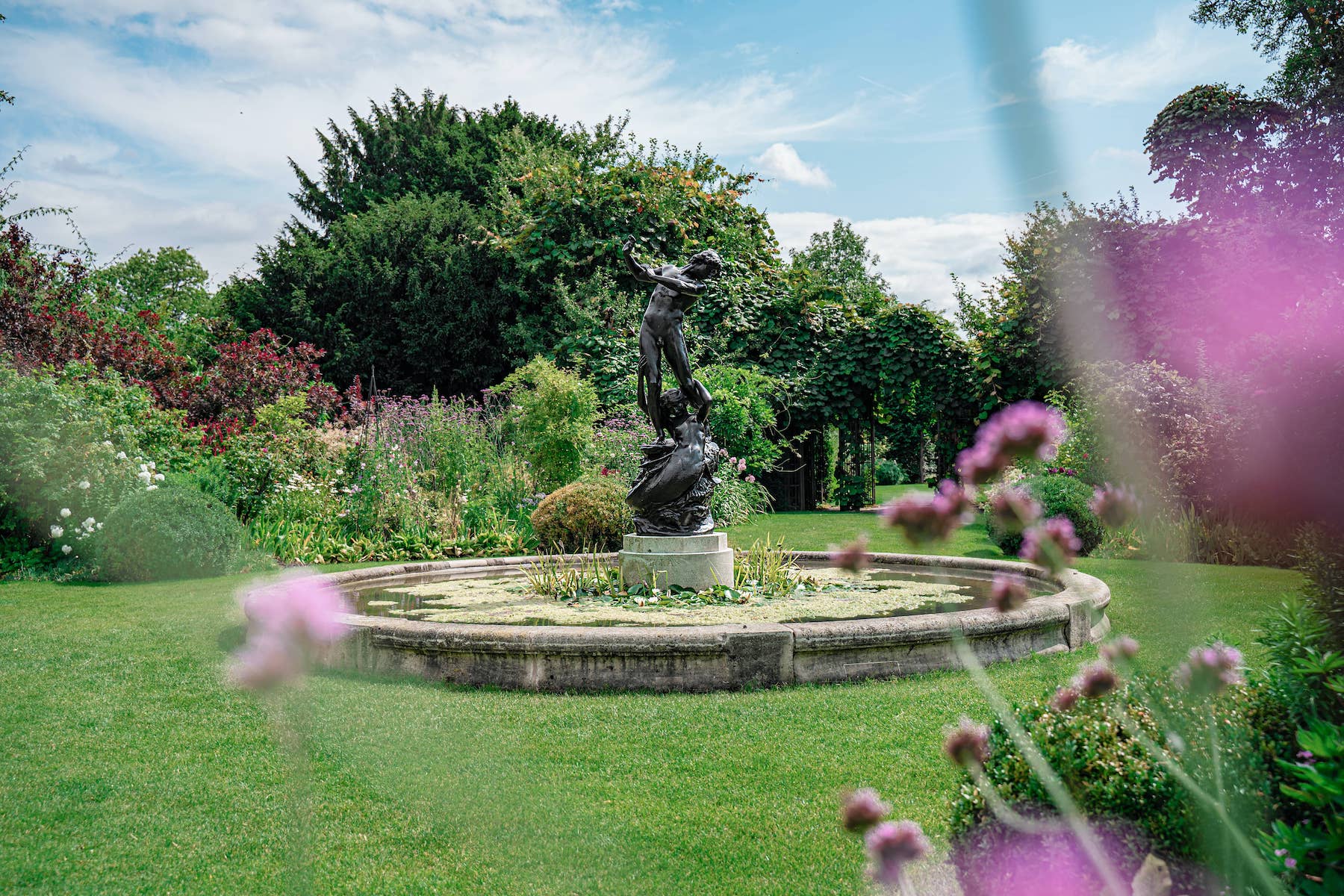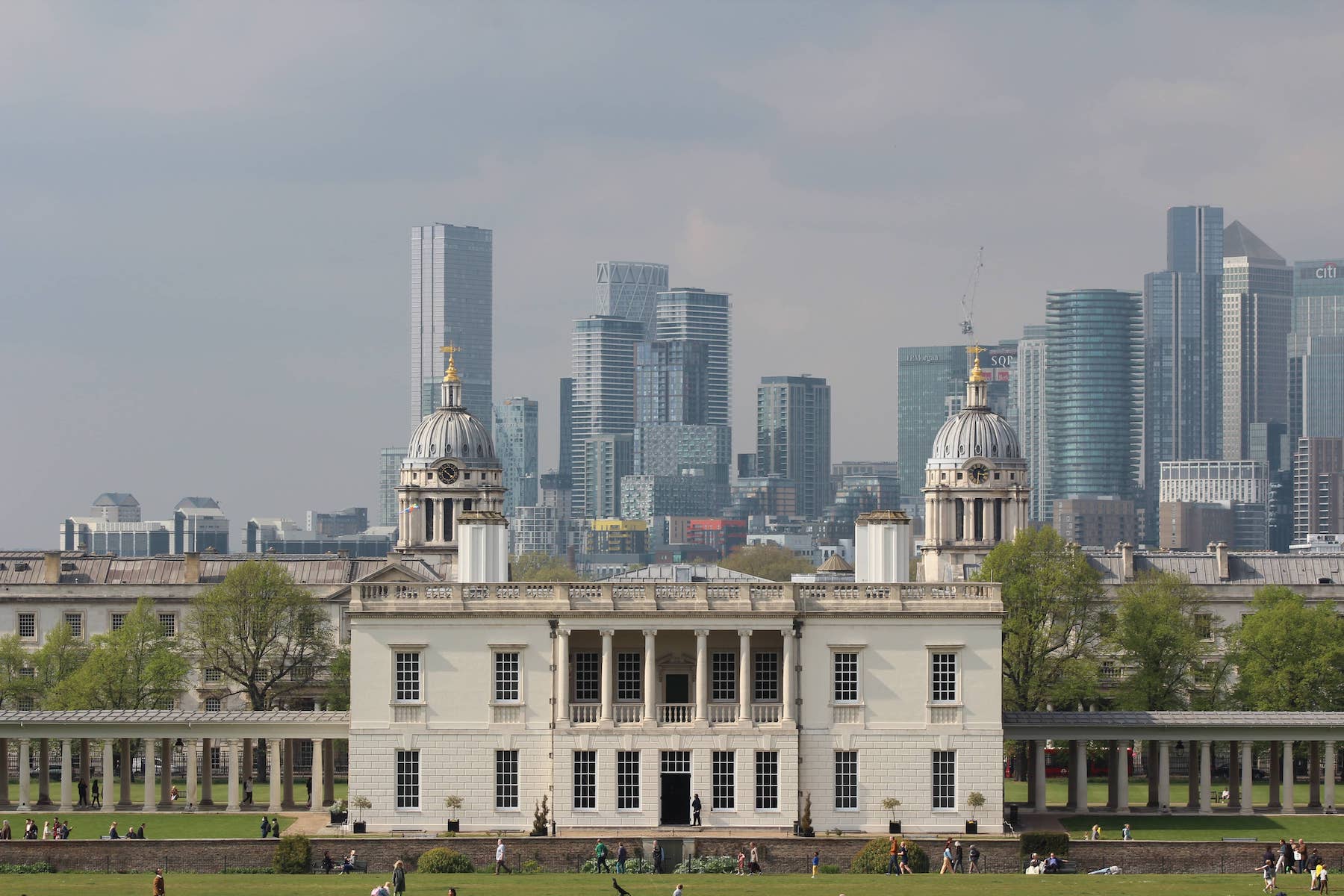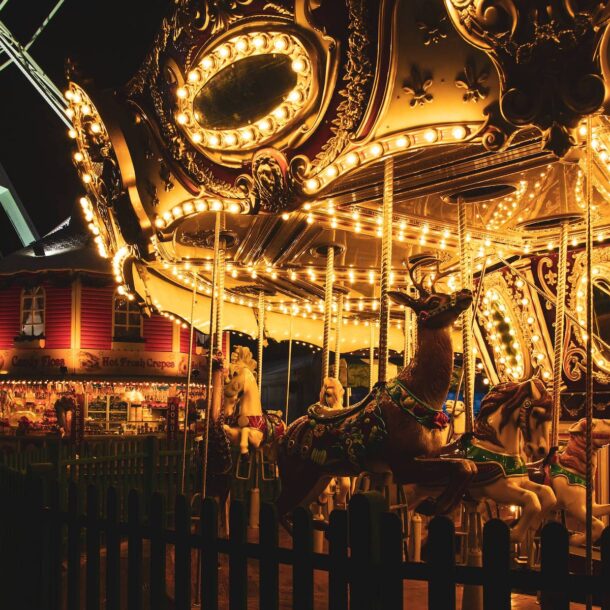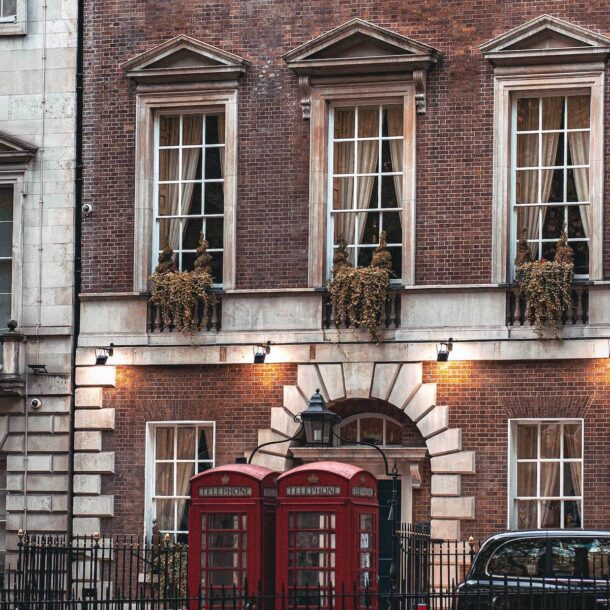
Explore the Royal Parks of London
Royal Parks of London
Where Nature Meets Nobility
London’s illustrious history is intricately woven into the fabric of its Royal Parks, verdant oases that transcend time and embody the city’s enduring connection with nature. Each park bears witness to centuries of royal legacies, social transformations, and the evolution of public spaces. Join us on a journey through time as we explore the captivating history of the Royal Parks of London.
1. Hyde Park: A Royal Playground: Hyde Park, one of the largest and most iconic of the Royal Parks, traces its origins back to the 16th century. Acquired by Henry VIII, the park was initially used for hunting. Over the years, it transformed into a fashionable public space, hosting grand events, demonstrations, and celebrations. The Serpentine, a picturesque lake, was created in the 1730s, adding to the park’s allure.
2. Kensington Gardens: From Palace Grounds to Public Paradise: Originally the private gardens of Kensington Palace, Kensington Gardens became accessible to the public in the 18th century. The park underwent a transformation under the guidance of Queen Caroline, featuring ornamental gardens, the serene Italian Gardens, and the iconic Albert Memorial.
3. St James’s Park: The Oldest Royal Park: With a history dating back to the early 17th century, St James’s Park is the oldest of the Royal Parks. Designed by King James I, the park has witnessed royal pageantry, grand celebrations, and the evolution of its charming water features, including the iconic Blue Bridge and Duck Island.
4. Green Park: A Royal Hunting Ground: Originally part of St James’s Park, Green Park emerged as a separate entity in the 17th century. Known for its minimalistic design, Green Park retains its historical charm as a tranquil retreat in the heart of bustling London, free from ornate fountains or lakes.
5. Regent’s Park: A Visionary Landscape: Designed by John Nash in the early 19th century, Regent’s Park showcases the Regency era’s architectural and landscaping ideals. Boating lakes, a vast rose garden, and the world-famous London Zoo, founded within the park, contribute to its diverse appeal.
6. Greenwich Park: A Maritime Legacy: Greenwich Park, perched on a hill with stunning views of the Thames, has a history rooted in maritime significance. Home to the Royal Observatory, the park played a crucial role in establishing the prime meridian, shaping the way time is measured worldwide.
7. Bushy Park and The Regal Deer: Originally created for hunting by Henry VIII, Bushy Park is famed for its herds of red and fallow deer. The park’s grand avenues, water features, and the Chestnut Avenue leading to Hampton Court Palace are testaments to its royal past.
8. Richmond Park: A Wilderness Retreat: Richmond Park, the largest of the Royal Parks, offers a glimpse into a more untamed landscape. Initially established by Charles I as a deer park, it remains a haven for wildlife, featuring ancient trees, expansive vistas, and the Isabella Plantation’s captivating floral displays.
From royal hunting grounds to cherished public spaces, the Royal Parks of London stand as guardians of nature, history, and the city’s ever-evolving identity. Whether you’re strolling through the avenues of Hyde Park or admiring the views from Greenwich Park, each visit becomes a step back in time, unveiling the layers of London’s regal and natural heritage.



